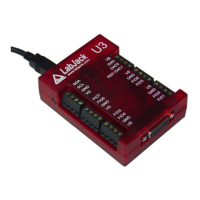Figure 2-8 shows typical connections. Rground is typically 0-100 Ω. Rseries is typically 0 Ω
(short-circuit) for 3.3/5 volt logic, or 10 kΩ for high-voltage logic. Note that an individual ground
connection is often not needed for every signal. Any signals powered by the same external
supply, or otherwise referred to the same external ground, should share a single ground
connection to the U3 if possible.
When dealing with a new sensor, a push-pull signal is often incorrectly assumed when in fact
xt.
.8.1.2 Input: Open-Collector Signals
l can
the input. When the signal is inactive, it is not driving any
oltage and the pull-up resistor pulls the digital input to logic high. When the signal is active, it
talled to increase the strength
nd speed of the logic high condition.
the sensor provides an open-collector signal as described ne
2
Open-collector (also called open-drain) is a very common type of digital signal. Rather than
providing 5 volts and ground, like the push-pull signal, an open-collector signal provides ground
and high-impedance. This type of signal can be thought of as a switch connected to ground.
Since the U3 digital inputs have a 100 kΩ internal pull-up resistor, an open-collector signa
generally be connected directly to
v
drives 0 volts which overpowers the pull-up and pulls the digital input to logic low. Sometimes,
an external pull-up (e.g. 4.7 kΩ from Vs to digital input) will be ins
a
Figure 2-9. Driven Signal Connection To Digital Input
Figure 2-10 shows typical connections. Rground is typically 0-100 Ω, and the external pull-up
resistor is generally not required. Note that an individual ground connection is often not needed
for every signal. Any signals powered by the same external supply, or otherwise referred to the
same external ground, should share a single ground connection to the U3 if possible.
2.8.1.3 Input: Mechanical Switch Closure
connect one side of the switch to U3
vior is very similar to the open-collector
escribed above.
To detect whether a mechanical switch is open or closed,
ground and the other side to a digital input. The beha
d
27

